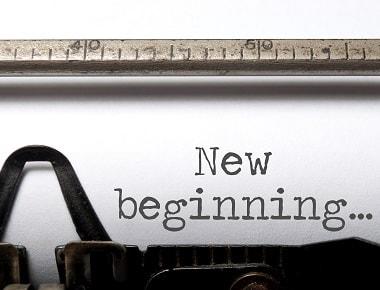Hydrocodone vs. Oxycodone: What Are They and How Are They Different?
Oxycodone (OxyContin, Percocet, Percodan, etc.) and Hydrocodone (Lortab, Norco, Vicodin, etc.) are heavy opioid painkillers that are commonly prescribed in cases of extreme pain. Both are quite effective and valuable when used properly under medical supervision, but they do carry a risk of opioid addiction and accidental overdose. Take a look at how these two drugs compare to one another, as well as the risks they carry.
What Is the Difference Between Oxycodone and Hydrocodone?
Oxycodone and hydrocodone are both opioid medications, which means that they both interact with specialized opioid receptors in the brain to produce analgesic (pain relieving) effects. Both are considered full opioid agonists, which means that the receptors are activated to their fullest potential, producing the strongest results.
Both drugs can be paired with other non-opioid painkillers like acetaminophen to achieve certain effects. Oxycodone is commonly paired with acetaminophen to reduce anxiety while the painkiller takes effect. Hydrocodone is commonly paired with antihistamines to suppress coughing and ease coughing pain.
Typical Users
Because both drugs have a similar purpose and function, their user demographics have quite a bit of overlap. Individuals who have been prescribed oxycodone or hydrocodone for severe pain after an injury or procedure can become addicted if the dose is too high or the drug is used for longer than advised. Others may begin misusing the drugs for recreational purposes or to self-medicate for pain without a prescription.
Demographic information shows that men, women, adolescents, and adults are all susceptible to opioid pain reliever addiction. Women, in particular, are more likely to be prescribed such medications for chronic pain, and they seem to develop addictions more quickly than their male counterparts. Adolescents are not prescribed opioid pain medications as often as adults, but the adolescent prescription rate doubled between 1994 and 2007.
Most Common Methods of Use
The most common method of use for both hydrocodone and oxycodone is taking prescription medication orally, but it’s not the only method. The pills are also sometimes crushed and snorted or crushed and dissolved into a liquid form for injection. The very direct nature of snorting and injecting opioid painkillers creates a more powerful and immediate high than that of oral use.
How Addictive Are They?
The full agonist nature of these particular painkillers makes them intensely addictive. Normal brain chemistry is drastically interrupted by the full activation of opioid receptors, eventually leading to a dependence on the drugs to achieve successful function. When hydrocodone or oxycodone is withheld from someone with this dependence, withdrawal sets in rather quickly and functioning begins to fall apart.
An individual might respond more strongly to one of these painkillers over the other, but, generally speaking, their levels of addictiveness are roughly the same.
Short and Long-Term Side Effects
The difference between oxycodone and hydrocodone is most apparent in its effects. Most of the immediate and short-term effects of these drugs are quite positive and beneficial when used appropriately, but the effects of persistent, long-term use are quite damaging.
| Side Effects of Hydrocodone | Side Effects of Oxycodone |
Potential side effects of hydrocodone include the following: • Headache • Muscle cramps • Stomach pain • Back pain • Fatigue • Dry mouth • Insomnia Less commonly, individuals may experience serious side effects like these: • Chest pain • Fever • Sweating • Nausea, vomiting • Diarrhea • Racing or irregular heartbeat • Hives, itching • Breathing difficulties |
Potential side effects of oxycodone include the following: • Stomach pain • Dry mouth • Flushing • Mood swings • Headaches • Drowsiness Less commonly, users may experience severe side effects like these: • Nausea, vomiting • Dizziness, drowsiness • Loss of appetite • Irregular or changing heartbeat • Erectile dysfunction • Chest pain • Swelling of tissues (eyes, hands, legs, throat, face) • Seizures |
The Bottom Line: Be Cautious with Hydrocodone and Oxycodone
If your doctor prescribes a medication containing hydrocodone or oxycodone, it’s important that you follow all dosage and use instructions carefully, as well as talk to your doctor about any concerns you may have. With precaution and careful medical guidance, you can get the pain relief you need while steering clear of addiction.
If you or a loved one are already struggling with an addiction to opioid painkillers like oxycodone or hydrocodone, Yellowstone Recovery can help. Our safe medical detox and effective residential and outpatient treatment options have helped thousands of addicted men and women escape the cycle of addiction and develop the skills and self-confidence needed to pursue a happy and sober new life. Ready to join them? Call us today at (888) 418-4188 for more information.
- Treatment Options
- Program Curriculum
- Program Services








